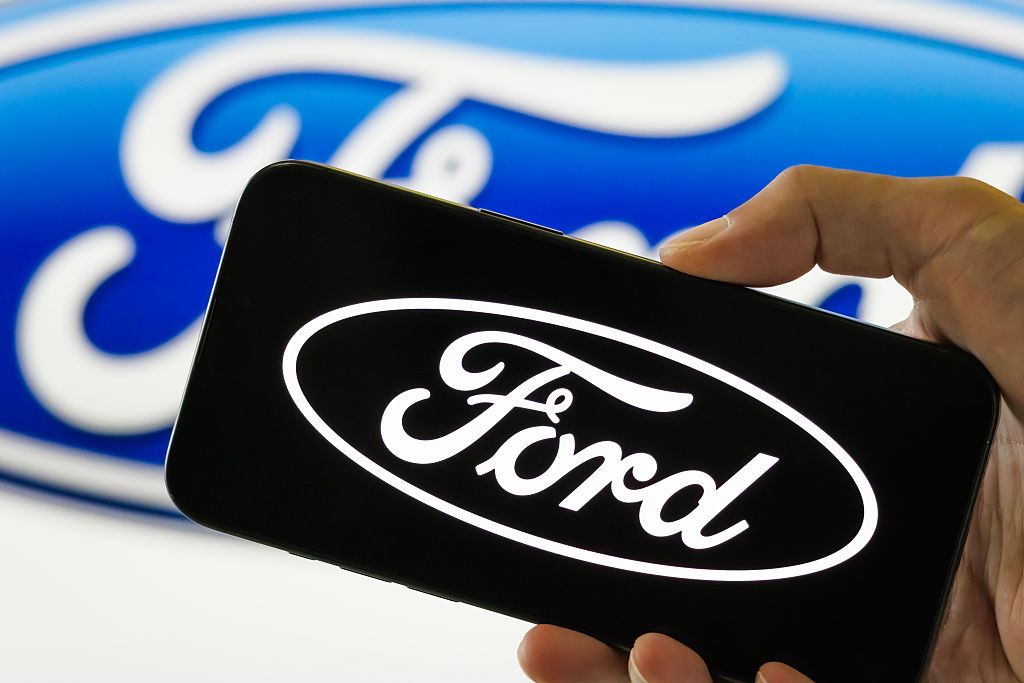If you’re in the market for a new car this year, especially a Ford, there’s some fresh news that might impact your timing and your wallet. Ford just warned investors that it expects to take a $3 billion hit from tariffs in 2025, a sharp increase from earlier estimates. And even though Ford builds most of its lineup domestically, it’s still feeling the squeeze thanks to the global nature of car manufacturing.
According to Reuters, Ford slashed its full-year profit forecast to $6.5 to $7.5 billion, down from an earlier range of $7 to $8.5 billion, due in large part to unexpected tariff costs. That financial pressure doesn’t just hurt the automaker. It could trickle down to consumers in the form of higher sticker prices, fewer incentives and tighter deals.
Here’s a breakdown of how Ford’s tariff troubles might affect your car shopping experience, and whether it makes more sense to buy now, wait or look at alternatives.
Sign up for Kiplinger’s Free E-Newsletters
Profit and prosper with the best of expert advice on investing, taxes, retirement, personal finance and more – straight to your e-mail.
Profit and prosper with the best of expert advice – straight to your e-mail.
What’s behind Ford’s $3 billion tariff bill?

(Image credit: Cheng Xin/ Contributor)
Despite being one of the most “American-made” automakers with roughly 80% of sales built domestically, Ford still relies heavily on imported components, especially for its growing line of electric vehicles. This includes battery cells, microchips and electronics that power newer models.
New tariffs have raised costs on many of those components. Add that to persistent supply chain challenges and high labor costs, and Ford is facing a costly mix. “Tariffs are biting harder than expected,” the company admitted in its Q2 2025 earnings report.
How Ford’s tariff costs could impact car buyers
So, what does a $3 billion tariff bill mean when you’re browsing the lot or configuring a new car online?
1. Prices may creep higher
While Ford hasn’t officially announced across-the-board price hikes, rising input costs have to be recouped somehow. Vehicles that rely heavily on imported parts like EVs and hybrids, could see modest increases in manufacturer’s suggested retail price (MSRP) or fewer trim-level discounts as the year goes on.
2. Dealer incentives could shrink
If you’ve been waiting for a big cash-back rebate or low APR financing, don’t be surprised if promotions start to fade. Dealers and automakers often pull back on incentives when margins get tighter. In other words, the generous offers you see now may not last.
3. Fleet and commercial discounts may be first to go
Fleet buyers, rental companies and businesses may find themselves negotiating for smaller volume discounts, as Ford looks to protect profitability across all buyer categories.
Should you buy now or wait?

(Image credit: Getty Images)
Here’s the million-dollar question: with tariffs looming large, should you hurry to buy a car now or wait to see how things shake out?
Buy now if:
You’ve found a good deal, your financing is locked in, and you’re eyeing a model that could see price hikes. With summer clearance events still running, now could be your last shot at scoring some of the better offers of the year.
Wait it out if:
You’re not in a rush and think trade negotiations could ease tariff costs in late 2025 or 2026. However, there’s no guarantee of that, especially with election-year trade policy debates heating up.
Consider used:
If new prices feel out of reach, the used car market may offer better value. Prices have come down from their pandemic-era highs, and certified pre-owned (CPO) programs from Ford and others offer solid protection.
Ford’s tariff warning could be the start of a bigger trend
While Ford is the latest to ring the alarm bell, it likely won’t be the last. As trade tensions persist and tariffs remain in place, other automakers could report similar pricing pressures later this year. This is especially true for brands that rely more heavily on international assembly and parts sourcing.
It’s also a reminder that “Made in America” often still means “Assembled with Global Parts.” Even U.S.-built vehicles can be vulnerable to international trade shifts.
Here are a few ways to protect your budget in this uncertain market:
- Watch pricing trends on tools like Kelley Blue Book, Edmunds or TrueCar.
- Compare financing offers across multiple lenders and not just what the dealer offers.
- Consider leasing, if available, for a lower monthly payment (but read the fine print).
- Negotiate your trade-in value to offset the cost of a new vehicle.
- Research vehicle builds to see if a model uses significant imported parts that could be affected by tariffs.
How Ford’s tariff hit could affect your next car purchase
Ford’s $3 billion tariff burden is more than just a corporate headache. It’s a preview of what shoppers may soon face. Whether it’s a slightly higher price tag, fewer discounts or a smaller range of financing offers, the impact of international trade decisions is coming to a dealership near you.
If you’ve been thinking about buying, it might be worth moving sooner rather than later, especially if your dream car is still parked at current prices.


